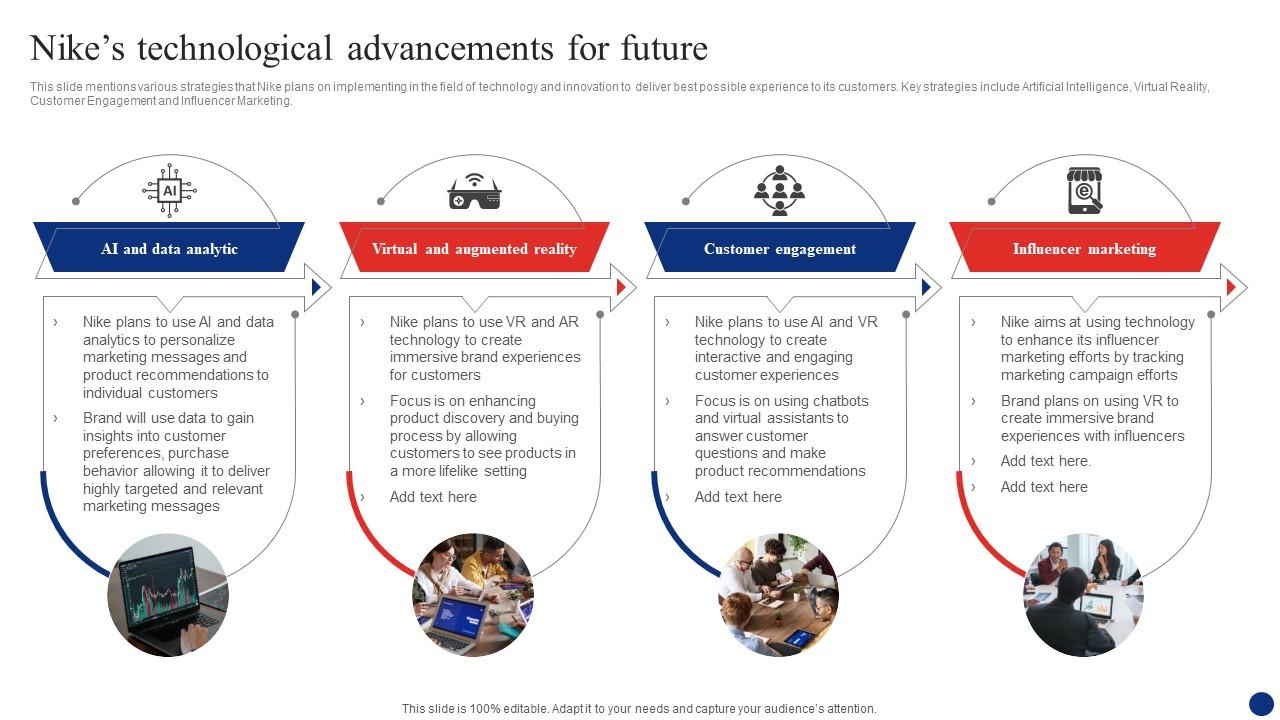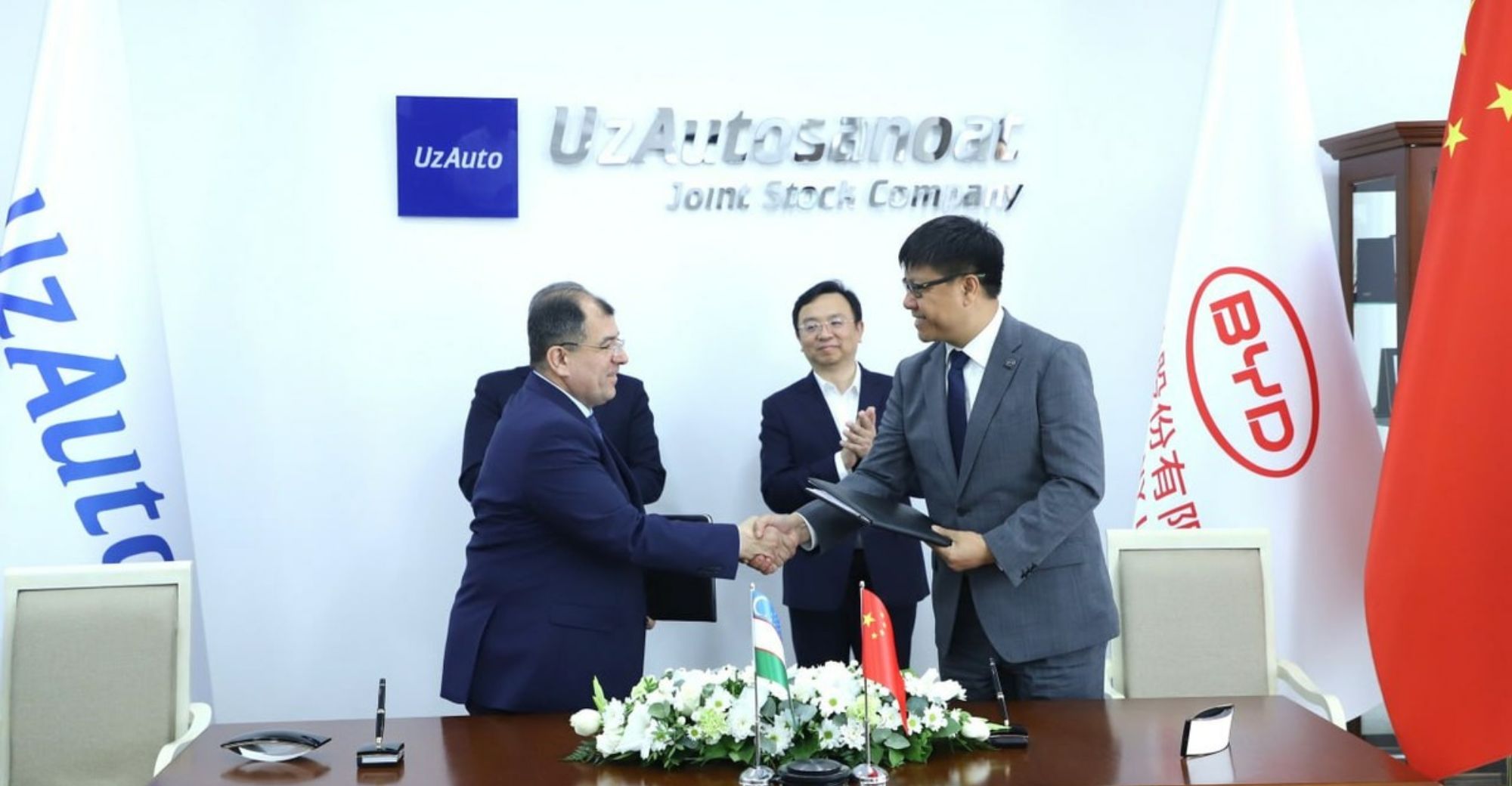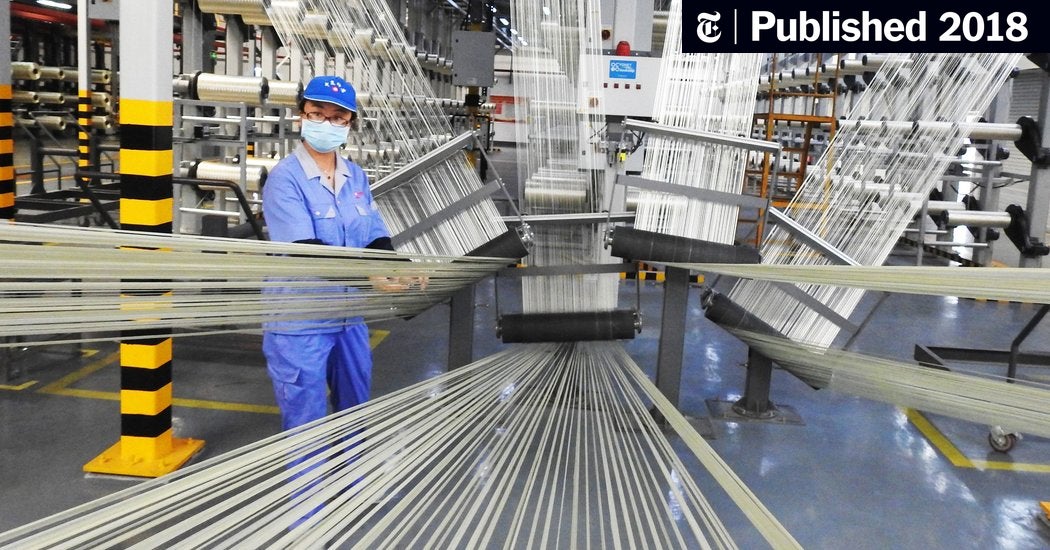The Difficulty Of Automating Nike Sneaker Production: A Technological Deep Dive

Table of Contents
The Complexity of Sneaker Design and Materials
Nike's manufacturing process is incredibly complex due to the diverse materials and intricate assembly processes involved in creating their footwear. Let's break down these key challenges to automated production.
Diverse Materials and Construction
Nike sneakers utilize a vast array of materials – from supple leather and durable synthetics to lightweight textiles, specialized foams (like Phylon and React), and advanced performance compounds. Each material requires unique handling and processing techniques, posing a significant challenge for automation. Consistent, adaptable machinery is needed for each material, demanding significant investment and sophisticated engineering.
- Leather: Requires precise cutting and stitching, sensitive to damage from robotic manipulators. The natural variations in thickness and texture further complicate automated handling.
- Synthetics: These materials present their own challenges, with varying levels of flexibility and durability, demanding different processing parameters for optimal results.
- Specialized Foams: Precise injection molding and curing processes are critical for these high-performance materials. Maintaining consistent quality and density during automated production is complex.
- Textile Integration: Advanced robotic manipulation is needed to handle textiles, accurately placing and stitching them without causing damage or compromising the final product's aesthetic appeal. This requires sophisticated computer vision and robotic control systems.
Intricate Assembly Processes
Sneaker construction isn't simply a matter of assembling components; it's a multi-step process involving complex operations that demand precision and dexterity. Current robotic systems struggle to replicate the fine motor skills of human workers.
- Gluing, Stitching, and Layering: These require fine motor skills and precise pressure control, which are difficult to replicate robotically. Inconsistent application can lead to compromised structural integrity and aesthetic flaws.
- Assembly of Intricate Components: The precise alignment of numerous components—from midsoles and outsoles to laces and branding elements—is crucial for a quality product. Robots need advanced sensors and sophisticated algorithms to ensure accurate placement.
- Quality Control: Human inspectors rely on visual inspection and tactile feedback to identify defects. Replicating this level of quality assurance with automated systems requires advanced vision systems and sophisticated sensor technology that can identify subtle flaws.
Technological Limitations in Robotic Dexterity and Precision
Even with advancements in robotics, several technological limitations hinder the complete automation of Nike sneaker production.
Challenges in Handling Flexible Materials
Current robotic systems struggle with the manipulation of flexible materials like textiles and leather. The inherent softness and variability of these materials present a significant challenge to robotic dexterity.
- Adapting to Variations: Robots need to adapt to variations in material texture, thickness, and elasticity. This requires advanced sensor technology and sophisticated control algorithms.
- Preventing Material Damage: The force needed to manipulate these materials without causing damage is critical. This necessitates precise force control and delicate manipulation techniques.
- Consistent Pressure and Alignment: Achieving consistent pressure and alignment during stitching and gluing is crucial for quality and durability. This requires sophisticated force sensors and precise robotic control.
The Need for Advanced Sensory Feedback
Automation necessitates advanced sensor technologies to provide robots with the necessary feedback for precise movement control and error avoidance. Current sensor technology often lacks the sophistication required for complex assembly tasks.
- Force Sensors: These are crucial for precise pressure control during gluing and stitching, ensuring consistent bond strength and stitch quality.
- Vision Systems: High-resolution vision systems are needed for precise alignment of components and automated quality control, identifying even minor defects.
- Tactile Sensors: These sensors provide robots with the ability to "feel" the material, allowing for more adaptive and precise manipulation. Developing robust and reliable tactile sensors remains a challenge.
The Economic Feasibility of Sneaker Automation
Beyond the technological hurdles, the economic feasibility of fully automating Nike sneaker production presents substantial challenges.
High Initial Investment Costs
Developing and implementing fully automated production lines necessitates massive upfront investments in specialized robotics, machinery, and software.
- R&D and Custom Machinery: The development of custom robotic systems and specialized machinery tailored to the specific needs of sneaker production is extremely expensive.
- Integration with Existing Infrastructure: Integrating new automated systems into existing manufacturing facilities requires significant planning and investment.
- Training and Maintenance: Training personnel to operate and maintain automated systems, as well as ongoing maintenance costs, represent significant ongoing expenses.
Return on Investment Uncertainties
The economic viability of full automation depends on consistent, high-volume production. Nike's diverse product lines and frequent design changes complicate this.
- Flexibility for New Designs: Automated systems need to be flexible enough to handle new designs and materials efficiently. Retooling for each new model can be expensive.
- Retooling Costs: The costs associated with retooling automated systems for new models can significantly offset the benefits of automation.
- Demand Fluctuations: Fluctuations in consumer demand can affect the profitability of automated production lines, making consistent ROI uncertain.
Conclusion
Automating Nike sneaker production presents a significant technological challenge. The complexity of sneaker design, the limitations of current robotic dexterity and sensory feedback, and the economic considerations all contribute to the difficulty. While partial automation is already being implemented in some aspects of the process, achieving complete automation remains a distant goal. Continued advancements in robotics, materials science, and artificial intelligence will be critical to overcoming these hurdles. Further research and development are needed to make the dream of fully automated Nike sneaker production a reality. Learn more about the ongoing efforts in robotic manufacturing and the future of Nike sneaker production by exploring related research and keeping up-to-date on the latest advancements in automated manufacturing techniques.

Featured Posts
-
 The Future Of Reproductive Rights Exploring The Role Of Otc Birth Control Post Roe
Apr 22, 2025
The Future Of Reproductive Rights Exploring The Role Of Otc Birth Control Post Roe
Apr 22, 2025 -
 Tik Tok And Trump Tariffs How Businesses Are Circumventing Them
Apr 22, 2025
Tik Tok And Trump Tariffs How Businesses Are Circumventing Them
Apr 22, 2025 -
 Aramco And Byd Joint Venture Exploring The Future Of Electric Vehicles
Apr 22, 2025
Aramco And Byd Joint Venture Exploring The Future Of Electric Vehicles
Apr 22, 2025 -
 Analyzing Chinas Economic Vulnerability To Increased Tariffs
Apr 22, 2025
Analyzing Chinas Economic Vulnerability To Increased Tariffs
Apr 22, 2025 -
 Nintendos Action Leads To Ryujinx Emulator Development Cessation
Apr 22, 2025
Nintendos Action Leads To Ryujinx Emulator Development Cessation
Apr 22, 2025
